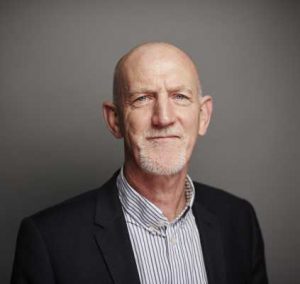Gestalt translates (from the German) as ‘whole’, pattern or form and comes from the gestalt school of psychology which initially focussed on learning and perception.
A fundamental tenet of the approach is that meaning is found through appreciating the ‘whole’ which brings a focus on exploring and understanding different elements and aspects of problems or concerns and considering how they relate to each other. In other words it is a holistic approach and is part of the existential/humanistic tradition in psychology.
The human being is seen as a whole; we work with the mind, taking account of the body, sensations and the spiritual.
One of the central discoveries of the gestalt psychologists was the idea that we have an innate drive to make sense of the world, understand things, by organising our experience and shaping it into familiar forms and patterns.
We create a ‘figure’ against a background:


In this way we create meaning from what we experience and the meaning we create depends on the context. Without context there is no meaning.
The pictures above give examples of how the meaning changes, a gestalt shift can occur so that what is in the ‘foreground’ for example the black vase above, can then be in the background and instead the two faces looking at each other are now foreground.
Fritz and Lore Perls along with other practitioners developed these ideas in the 1950s as a way of working with people therapeutically, in education and later in organisations.
These early gestalt theorists and practitioners considered that what is figural for us depends on our need at the time. Each of us may look at the ‘same’ situation differently depending on our current needs.
Key aspects of gestalt work are helping clients, or teams and organisations become more aware of how they are organising and making sense of their world and what the current needs are.
This includes exploring what is figural, through dialogue and also exploring what is in the background, less obvious, below the surface.
Through this process people become more aware of their ‘blocks’ and as this happens they become more able to experiment with new approaches and new ways of viewing their circumstances.
